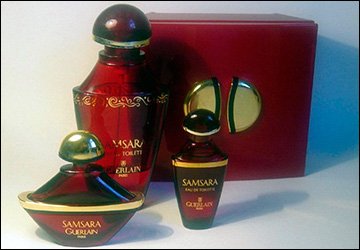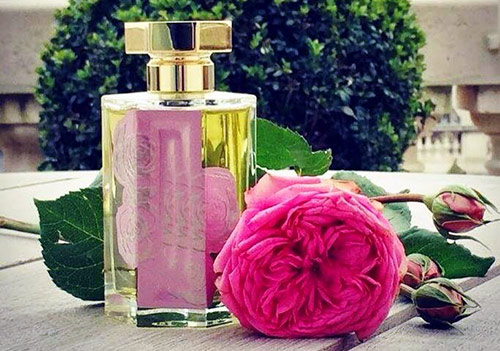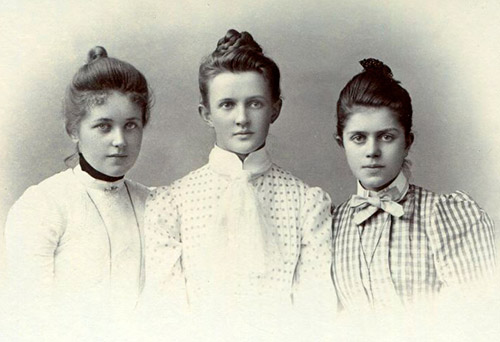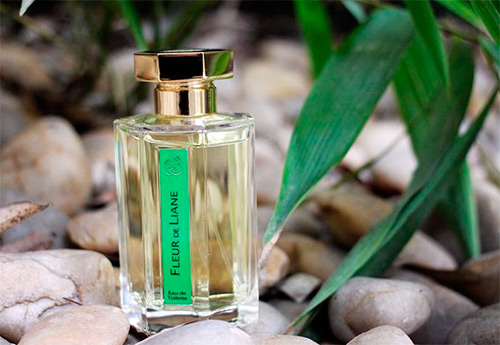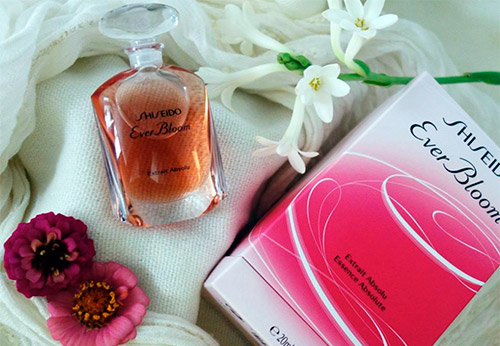Perfumery
The scent of the Soviet era Red poppy
There is fashion for everything, not only for clothes, shoes, hairstyles and decorative cosmetics, but also for the interior, architecture, automotive and landscape design, it even affects the behavior of people, the ethics of communication, not to mention the culinary and perfumery arts. ... But in the last two cases, talking about fashion somehow does not fit, because the Olivier salad has become fashionable for a long time, and now it seems completely ordinary, Pozharsky cutlets are also, although you cannot call them ordinary (cook them it is not easy at all, and there is not enough time), but the fashion for sushi has entered relatively recently.
What to say about fashion in perfumery? They say that every era has its own aroma, although all perfume compositions - light and sweet, citrus and sensual, green and floral, woody and deep - are always popular, because we are all different, and everyone likes one or the other.
And yet ... In the Soviet Union, in the pre-war years, the smells of three famous fragrances soared - "Red Moscow" (the most expensive perfume), feminine "Manon" and "Red Poppy".
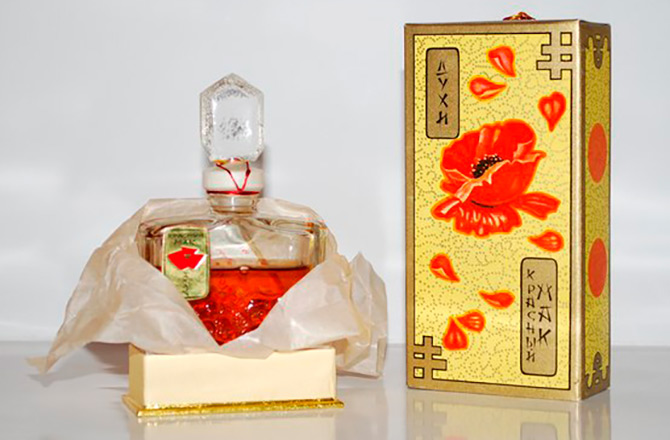
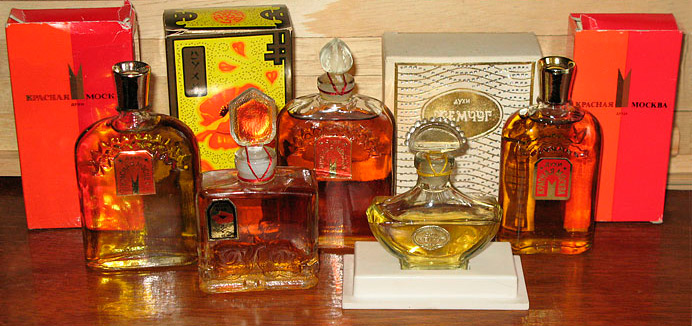
"Red Poppy" was created by perfumer David Garber, who became technical director since 1936 "New Dawn", or the main perfumer. The perfume was created by him in 1927-1928. The perfume was inspired by Glier's ballet of the same name and has had many female fans for almost 50 years.
The new party elite, wishing to join the "former" values of the former aristocracy, often visited the theater, especially in the elite respect was classical ballet. And the appearance of the perfume "Red Poppy" was a natural continuation of this hobby. Focusing on the French classification of perfumes, "Red Poppy" should be attributed to the spirits of the Eastern family.
Chinese flavor, the eternal theme of love, this time between the beautiful Tao Hoa and the Soviet captain, a red poppy flower as a symbol of love and victory - all this is reflected in the composition of the fragrance.
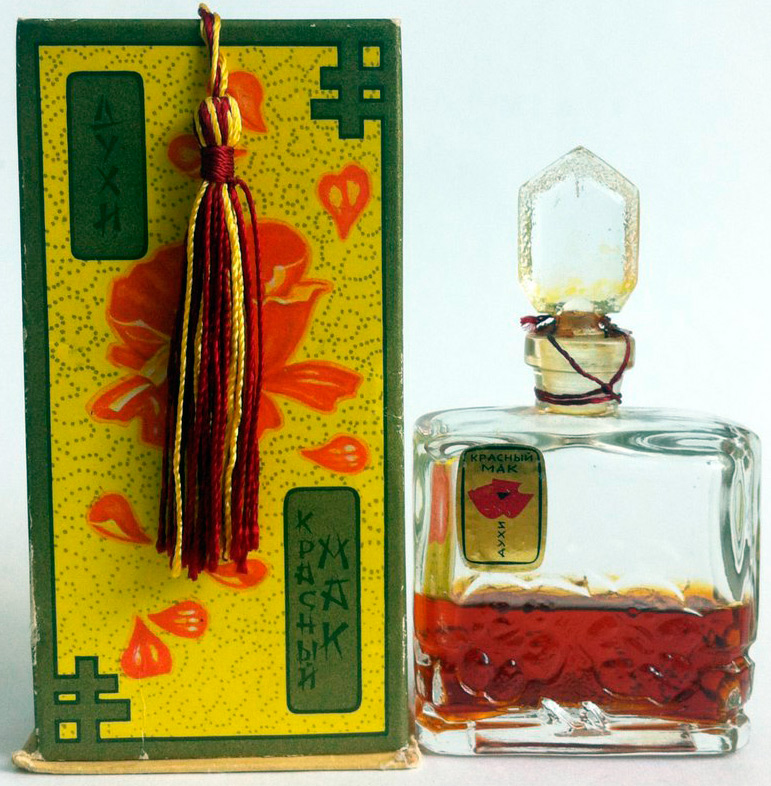
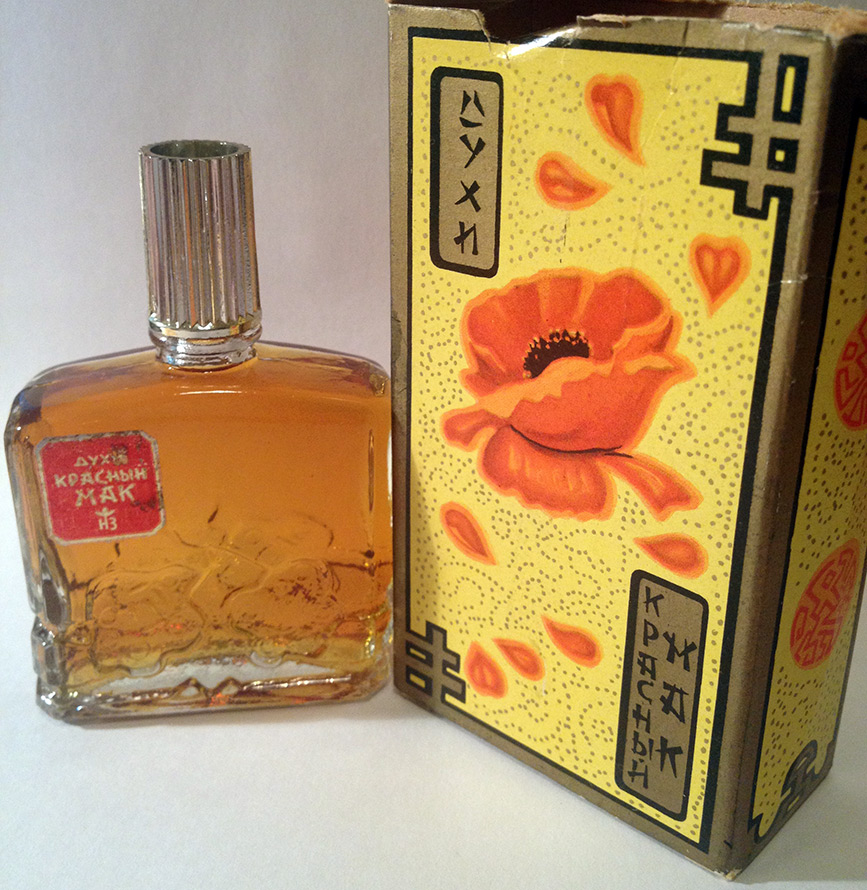
Europe's addiction to everything Chinese (chinoiserie style) appeared more than once, but in the Soviet country at that time their relationship with Chinese culture arose. They began at the end of the 19th century, with the supply of tea from China through Siberia. In Russia, Chinese tea was highly valued, especially when transported on dry land. The British carried tea by sea, so it was less in demand - it was believed that tea transported by sea was saturated with moisture, and this is true.
At that time, the Russians also built the first Orthodox church in China. Chinese tea, plots and images of Chinese beauties in poetry, landscapes with numerous flowers and delicate colors, products - embroidery, especially handbags, enamel, carved bone - all this became widespread in pre-revolutionary Russia. And with the advent of Soviet power, as soon as the country began to recover after a storm of revolutions, coups and civil wars, it only continued. Many perfumes, powders, soaps and other products with Chinese-style labels have been released.
For Chinese crepe de Chine, they stood in line for almost days, and received only 2.5 meters, as they used to say, in one hand. Perfumery became a new luxury that only the Soviet elite could afford. By smell it was possible to identify a person belonging to a high status.
Along with the best food, good clothes, a separate apartment and luxurious perfumes - everything for the "elite", there was another life that lived on food ration cards, experiencing all the "great breaks" in collectivization and industrialization, sideways observing the private life of the elite , which did not correspond at all to the convictions of the "sons of the people". And the Novaya Zarya factory continued to produce these wonderful perfumes for several more decades, whose spicy smell excited and excited the fans.
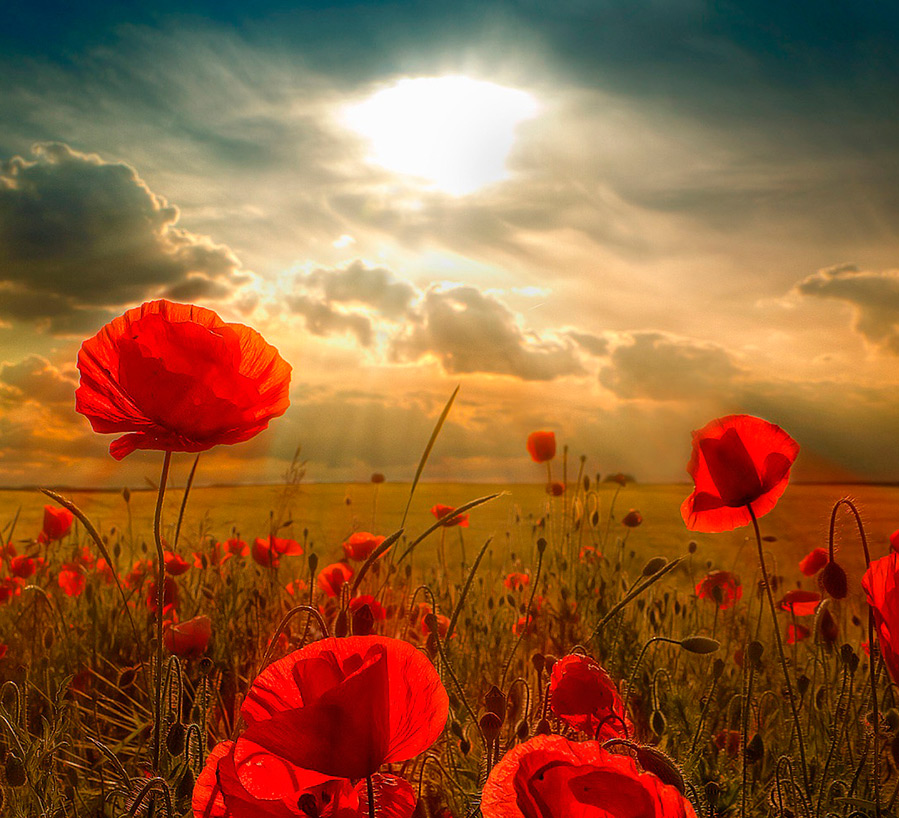
Comments and Reviews
Add a comment
Rating news
Shades of clothing that make women look younger
What shades of hair make women younger: rules and photos
Funny wedding dresses - photos and ideas
12 most expensive down jackets for the winter
How to look 25 at 40: tips from supermodels
Beautiful schoolgirls
Anti-aging haircuts and hairstyles for women
Fashionable skirts for autumn and winter
Fashionable women's trousers for the cold season
Fashionable and stylish sandals for summer 2024
Spring-summer 2024
 Fashionable dresses and tops with thin spaghetti straps
Fashionable dresses and tops with thin spaghetti straps
 Bandana tops: how to wear stylishly and beautifully
Bandana tops: how to wear stylishly and beautifully
 How to put together the perfect men's wardrobe for the summer
How to put together the perfect men's wardrobe for the summer
 Fashionable shorts for spring-summer 2024
Fashionable shorts for spring-summer 2024
 Fashionable skirts for spring-summer 2024: a guide to online shopping
Fashionable skirts for spring-summer 2024: a guide to online shopping
 The most fashionable dresses spring-summer 2024: styles and colors
The most fashionable dresses spring-summer 2024: styles and colors
 Fashionable total look 2024: ideas of images and trends
Fashionable total look 2024: ideas of images and trends
